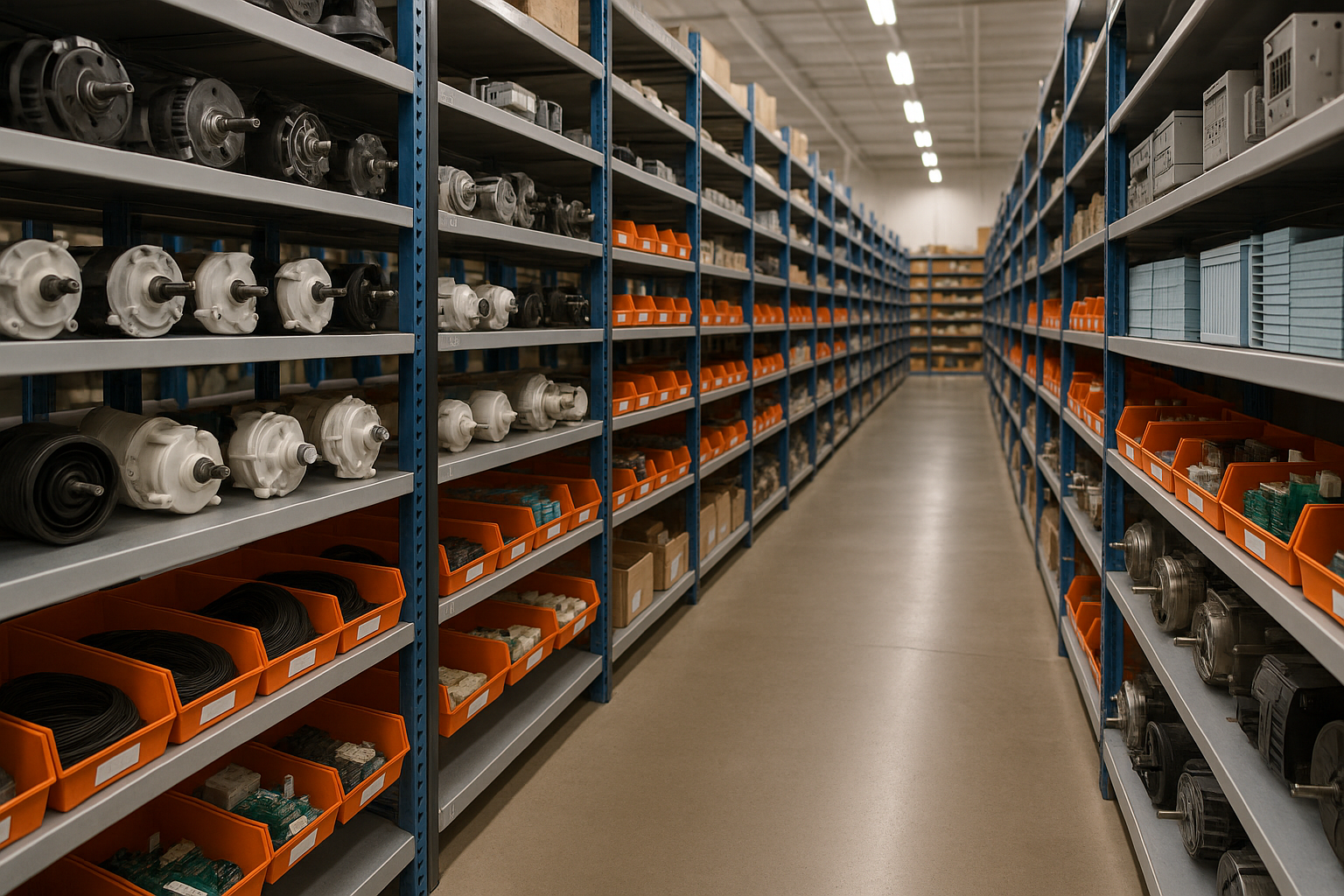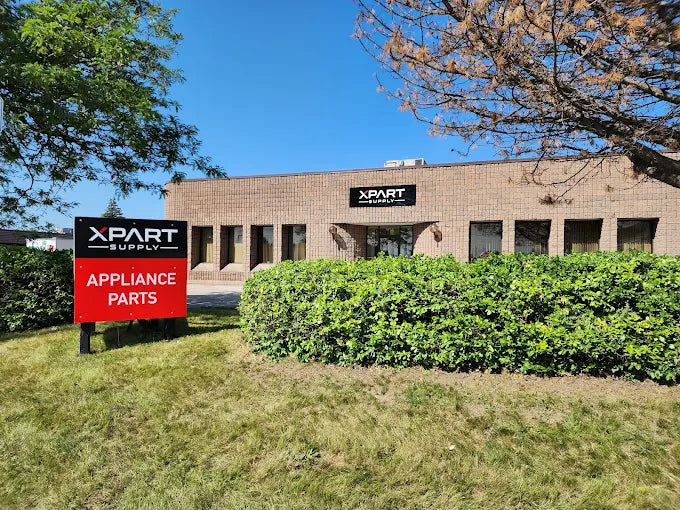- Take detailed photos before removing the old bridge element. Document the mounting method, terminal connections, wire colors, and element position from multiple angles. These photos are critical for ensuring correct installation of the new element, especially since bridge elements have multiple terminals for dual-zone control. Label each wire with its terminal position before disconnecting.
- Test the old bridge element with a multimeter to confirm failure before replacement. Set the multimeter to measure resistance (ohms) and test between each pair of heating element terminals. A functioning zone should show resistance between 20-60 ohms (typically 30-50 ohms for a 1200-1800W zone at 240V). Test each zone separately to identify partial failures. If one zone reads infinite (open circuit), that zone's heating coil is broken. This test confirms the diagnosis and prevents unnecessary replacement.
- Allow the cooktop to cool completely before working on the bridge element. The cooktop surface and elements can remain extremely hot for several hours after use, even if the range has been off. Use caution to avoid burns. If you must work on a warm cooktop, wear heat-resistant gloves and use caution.
- Verify all wire harness connectors are fully seated on the element terminals. Push each connector firmly onto its terminal until it is fully seated and secure. A partially seated connector will cause intermittent heating, arcing, or electrical shorts. After connecting, gently tug on each connector to verify it is secure and will not pull off. Bridge elements have multiple terminals for dual-zone control—verify each connection is correct according to your photos and wire labels.
- Inspect the cooktop mounting area for corrosion or debris before installing the new element. Remove any corrosion, debris, or residue from the mounting area using a dry cloth or a soft brush. A clean mounting surface ensures proper electrical contact and secure mounting.
- Do not overtighten the mounting screws when securing the element to the cooktop. Overtightening can crack the element or strip the mounting holes. Tighten the screws firmly but not excessively—tighten until the element is snug and secure, then stop.
- The bridge element provides dual functionality: single-zone mode (1200-1800W per zone) and bridge mode (2400-3600W total). Test both modes after installation to verify proper operation. In single-zone mode, only one side should heat. In bridge mode, both sides should heat simultaneously, creating one large continuous heating area for oversized cookware such as griddles or large roasting pans.
- Verify the element glows evenly across the entire bridge length after installation. The element should glow uniformly with consistent intensity across both zones. Uneven glowing indicates improper installation, poor electrical contact, or a defective element. If uneven glowing is observed, stop and verify the installation and all wire connections.
- The bridge element typically reaches temperatures of 1000-1200°F during operation. Never touch the element while it is hot or shortly after use. Allow adequate time for the element to cool before handling. Use caution when working near the cooktop to avoid burns. The element can remain hot for 30-60 minutes after being turned off.
- The bridge element is a high-wear component that typically fails after 5-10 years of regular use. With average use (daily cooking), the element typically lasts 7-10 years before failure. Replace the element promptly when failure is detected to restore reliable cooktop operation. This repair is cost-effective compared to range replacement—the cost of bridge element replacement ($120-200) is far less than the cost of a new range ($1,500-4,000+). Proper cookware selection and careful use extend element life.
- Bridge element not heating at all (no heat production in either zone)
- Only one zone heating (partial element failure)
- Bridge element heating intermittently or inconsistently (cycling on and off)
- Bridge element heating slowly or producing insufficient heat
- Bridge element glowing unevenly or having hot spots and cold spots
- Bridge element making crackling or popping sounds during operation
- Bridge element not responding to control adjustments
- Bridge mode not working (zones won't connect)
- Element appearing visibly damaged or cracked
- Poor electrical contact between element and terminals
- Element not glowing or producing visible heat
- Uneven heat distribution across bridge element surface
- Element failing to maintain consistent temperature
- Heating coil broken or burned out in one or both zones
Whirlpool refrigerator replacement parts, Frigidaire refrigerator replacement parts, GE refrigerator replacement parts, Kenmore refrigerator replacement parts, KitchenAid refrigerator replacement parts, LG refrigerator replacement parts, Maytag refrigerator replacement parts, Whirlpool refrigerator drawers and glides replacement, Whirlpool dishwasher replacement parts, GE dishwasher replacement parts, KitchenAid dishwasher replacement parts, Maytag dishwasher replacement parts, Frigidaire dishwasher replacement parts, Kenmore dishwasher replacement parts, Whirlpool washer replacement parts, GE washer replacement parts, Maytag washer replacement parts, Kenmore washer replacement parts, LG washer replacement parts, Whirlpool dryer replacement parts, GE dryer replacement parts, Maytag dryer replacement parts, Kenmore dryer replacement parts, LG dryer replacement parts, Whirlpool range replacement parts, GE range replacement parts, Whirlpool stove replacement parts, GE stove replacement parts, GE oven replacement parts, GE microwave replacement parts, buy Whirlpool refrigerator parts online, buy GE dishwasher parts online, replacement Kenmore washer parts for sale, buy Maytag dryer parts, LG washer replacement parts online, KitchenAid refrigerator parts for sale, Whirlpool stove and range replacement parts




















